Peninsulares (Spaniards born in Spain). Insulares (Spaniards born in the Philippines). Mestizos or half-breeds who take unbridled pride in the “more superior half” and would rather ignore the “inferior”, perhaps accidental, perhaps never-intended half. And then there were the Sangleys or Chinoys, along with the Indios.
Interestingly, the Spaniards born in the Philippines were initially called “Filipinos” while the natives were called “Indios”. Over time, they were tagged as Insulares while the Indios remained……..er, Indios.
What was that? Like it or not, such was the imaginary caste system in the olden days. Hate to think that it may actually still ring true today as the ugly side of our history rears itself back into present-day society. I dare not venture a guess, but there must have been such a great divide then as depicted in Rizal’s Noli and El Fili. Passing many ancestral houses along a narrow street in Taal, Batangas, looking out the windows of such heirloom houses, imagining the senor and senoras in their caruajes while Indios walk along the same narrow streets, we had a glimpse of the past in this heritage town.
This vision all the more reinforces how great our heroes were and are. Many of them come from the Mestizos or half-breeds, the Ilustrados, yet they reached out to join the Revolution with the peasants in the name of love for country. Many of them opened their huge houses to hold secret and not-so-secret meetings with the others who joined the Revolution. All patriots. Rich and Poor. Ilustrado or Unschooled. They were bound by the same love for country.
We visited 4 of these heritage houses in Taal. Wish there was time to visit more. Perhaps even sit down for a dinner in some ancestral house in full Filipiniana regalia. But on this humid day, we were quite content to have visited these 4. But I intend to head back. So the blog on the heritage houses would have to be put on hold. For now, let’s talk about the 2 religious sites in Taal, Batangas. Make that 3, to include the Santa Lucia Well which is marked by a coral stone arch with a bas relief image of the Virgin. It is claimed that the spring water has miraculous healing powers. Having said that, I do not understand how the local government here cannot do something to ensure that the sacred place and its waters are kept clean.
Mi apologia. But we need to vent our frustrations some more. We had a couple of guides from a local tourist agency and a couple more from the Municipal Hall. The town of Taal is one interesting heritage town so rich in history. But we felt so deprived of a “guided tour” as we traipsed along the heritage houses and religious sites without much ado on what these landmarks mean to us. We asked questions too, and found the answers so inadequate. We do not blame them, as they were likely not “prepared” and guided to conduct a proper tour. But this should alert the Tourism Officers and the local government to ensure that every Taal Resident is aware of their history, their heritage. Tourism in this neck of the woods can only prosper if even locals like us, Indios as we are, can appreciate the story and the history behind these landmarks.
For the life of me, I think their spiel was limited to the following:
1. The image of Our Lady of Caysasay was fished out of Pansipit River by one fisherman named Juan Maningkad.
2. The image had this habit of disappearing and reappearing in the place where it was originally found.
3. When it vanished for a longer time, it was found anew guarded by 2 kingfisher birds called Casay Casay.
4. The Parish Priest then decided to have the Shrine built upon the site where the image was discovered. There it remained.
Now, I’m oversimplifying here but that’s the gist. Who wants a long complicated story, anyway? As for the Sacred Well of Santa Lucia, who knows why it is called Santa Lucia Well? They had no answers. We only know there used to be a Chapel there but only the Arch with the bas relief remained after a Taal Volcano eruption back in 1754.
Neither do they know why the Hagdan-Hagdanan made of granite stones leading up to the center of town is now called San Lorenzo Ruiz Steps. Perhaps it was renamed in honor of the first Filipino Saint soon after his canonization? Who knows? * so frustrating*
So, I have decided I should go back. Maybe get a better tour guide. Or perhaps simply do more research. After all, the Net has all the answers. But that is not the point. Taal is so rich in history you could almost smell its tourism potentials. Not just from locals, but this colonial town nearly “frozen in time” makes for a convenient sidetrip from Manila, or even a weekend destination after Tagaytay City.
(My blog on the Taal Heritage Houses in TravelBlog. Just click on this link.)
xxxxxxxxxxxxxxxxxxxxxxxxxxxxxxxxxxxxxxxxxxxxxxxxxxxxxxxxxxxxxxxxxxxxxxxxxxxxxxxxxxxxxxxxxxxxx

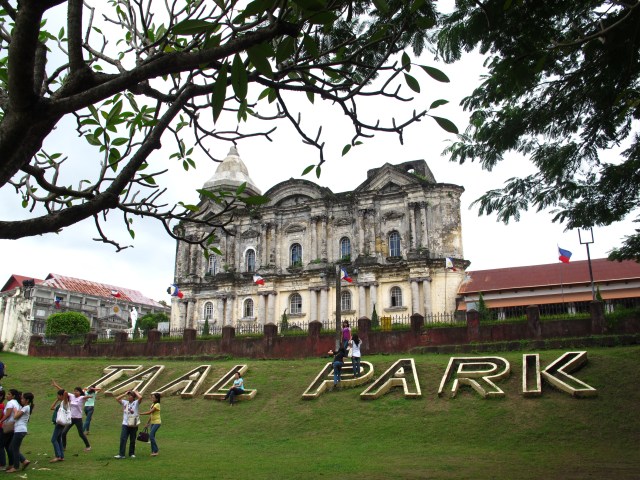

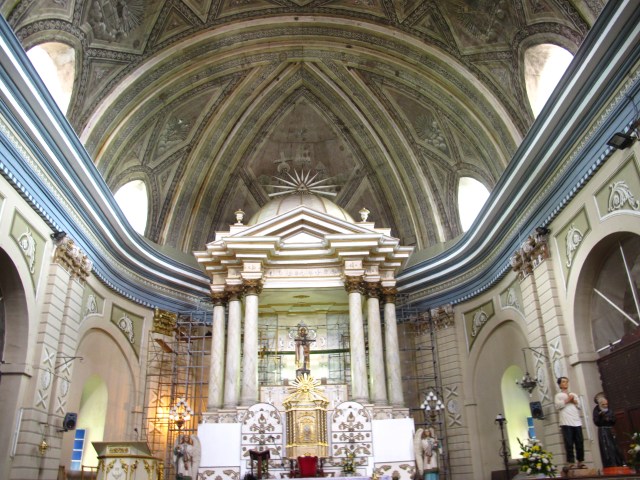
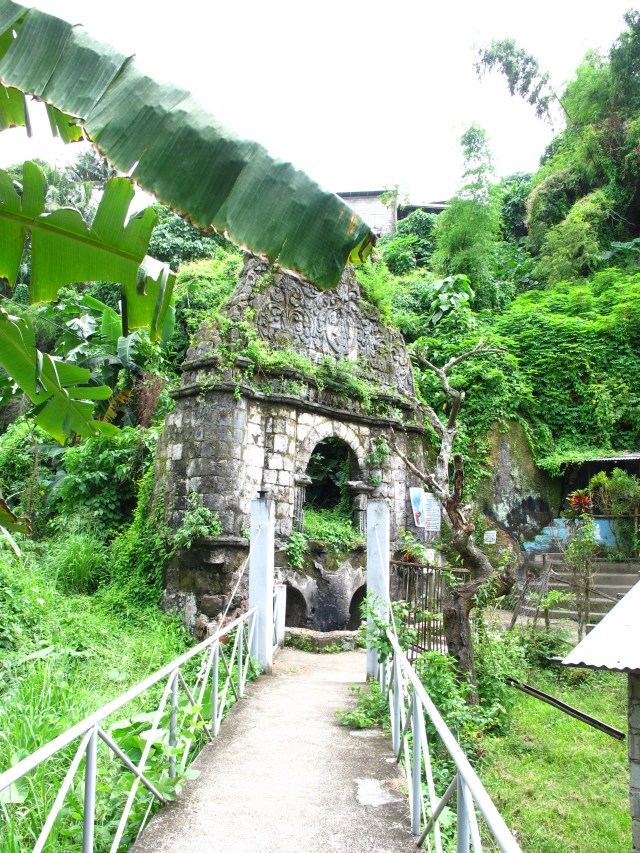
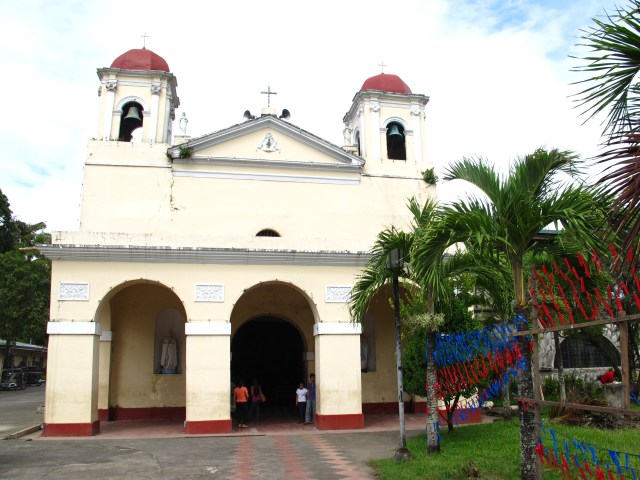
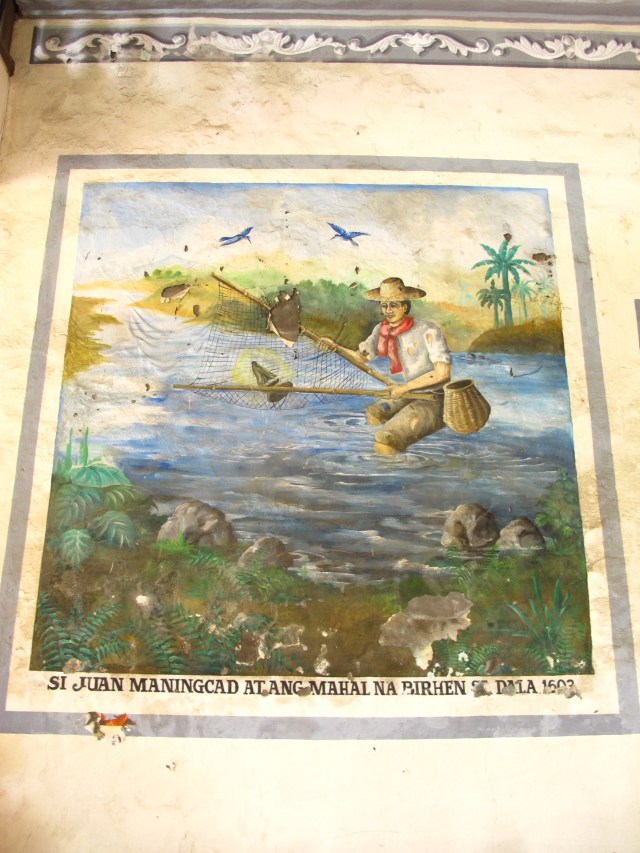
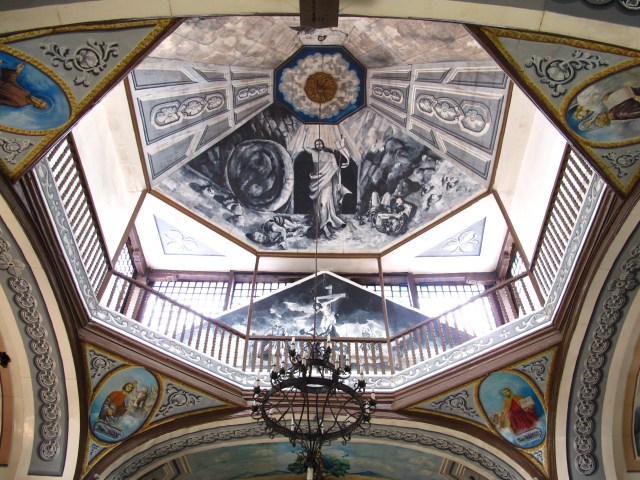
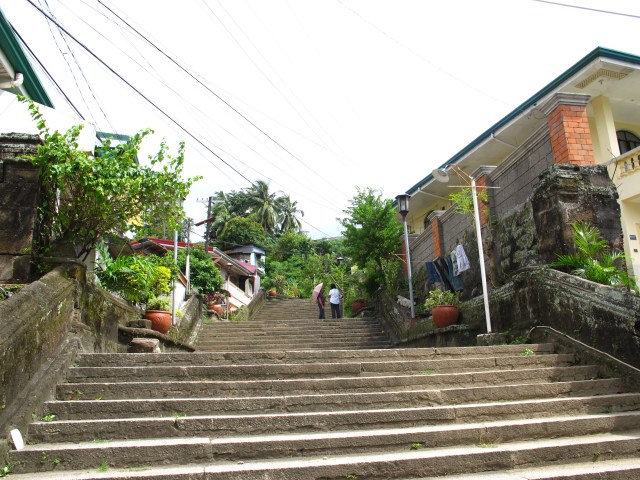
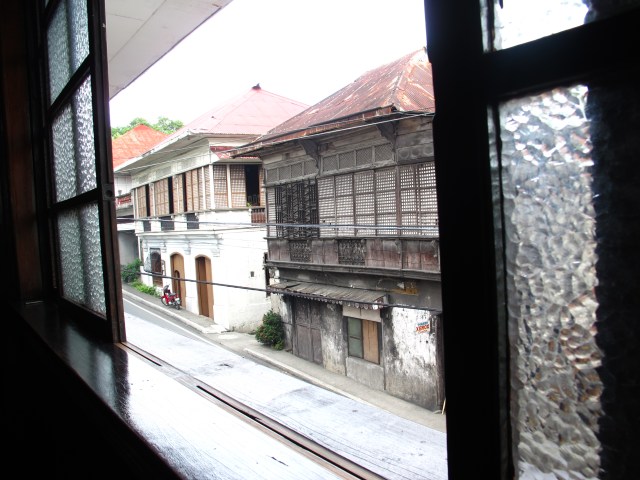
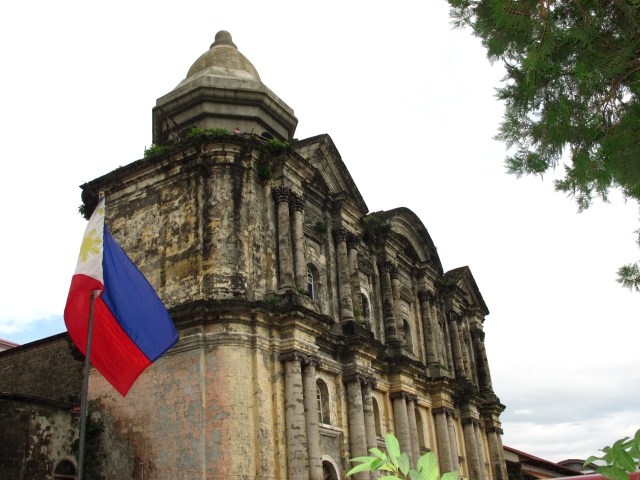
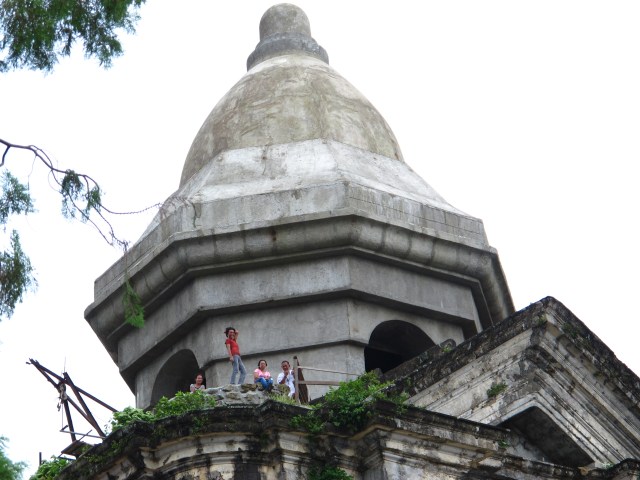






Amen to educating the locals about their town’s points of interest. I was in Candaba a few days ago. As we all know, it’s known for their swamps-cum-bird-sanctuary. We asked a local (ironically he was walking beside a sign announcing Candaba as THE bird sanctuary of the country) how to get to the swamp and he gave us a quizzical look. He didn’t know a fig, as in nada!!!
The story doesn’t end there. We decided to ask someone in a building with a sign “Mayor’s Action Center”. The lady employee who greeted us, in fairness to her, knew about the swamp, but didn’t know the directions to it!!! Gawd!
DOT should have a campaign to educate locals about tourist spots in their area.
i agree, taal has such a rich culture. i went there last month and i marveled on the old houses lined up near the church. i, too, wants to go back and just simply take pictures of the great architecture of the church and the houses.
I have always wanted to visit Taal..hope to do that on a longer weekend trip back to Manila from HK. Thanks for the beautiful pictures above and description!
I am so happy that I stumbled into your blog/site…I was also at Ambeth Ocampo’s Lecture two weeks ago at the Ayala Museum. Loved how you also captured his lecture.
I have been mentoring a group of OFW’s here in HK called Lakbay Dangal HongKong..we give a Heritage Trail of HK infused with Philippine History. Ambeth Ocampo’s books are such great material for training our guides. When you are in HK, we would love to give a tour!
Sonia “Soosot” Zerrudo
Lakbay Dangal HK
Wow! Reading your post and seeing those photos wanna make me go there now. 🙂
Love your pictures! Taal was a favorite haunt for us when we were new in the Philippines, back in 1981-1982. We spent a year studying Tagalog in Lipa City, Batangas, and loved to head over to Taal and enjoy that “colonial town nearly “frozen in time”” as you so aptly said. We haven’t been there in a very long time. We were told the old Taal basilica was built in 1500-something. It is amazingly old.
taal could actually rival vigan in terms of heritage and culture. in fact, i like taal more than vigan because the spanish houses are not just limited to one street (calle crisologo). their tapang taal & adobo sa dilaw is a must-try! 🙂
sta. lucia well sits in a private property, which happens to be owned by the brgy. captain. maybe that’s the reason why the local authorities can’t get their hands on it to preserve it or maybe promote it’s potential as a tourist spot. when i was in Taal, i used to take a bath there when there’s no water supply – provided that you ask permission from the ‘owner’
Hi Ruel. Thanks for that important piece of information. Just the same, I hope whoever owns it, with some help from local Govt, would do something to keep the area and the waters clean.
I understand the frustration, the NHC should do something about it, if only the government give decent salary to the historical guides, a lot would definitely be vying for the post.
let me try to help you: the wells of sta. lucia was given its name after the 1620 apparition of then Lady of Casay-casay. A woman, who was almost blind, was one of the first few people to witness the apparition, she washed her face and eyes with the spring water to make sure it wasn’t an illusion, the miraculous water brought back her 20/20 vision and became a headline!
from then, people with eye related problems pilgrimaged to the well and prayed for miracles. undocumented testimonies of healing echoed though the rest of the country.
It was then known as the “milagrosang banal na pook ni sta. lucia” … the patron saint of the blind!
(and that would be all, thank you!)
Hi Ron. Thanks so much for the info — believe it or not, been googling and asking around and never got near to an answer. Didn’t know Santa Lucia is the patron saint of the blind!
Nice post but aren’t the insulares the Spaniards born in the Philippines, and peninsulares the Spaniards born in Spain. Insulares identifies an island origin while peninsulares identifies a peninsula origin.
Hi Alex. Thank you so much for that correction. I have edited my blog accordingly. Cheers!
Thanks for this interesting piece of history of Filipinos and Indios!
I’ve been reading your blog for several hours now and as someone who loves to travel like you (I also have a travel site like you), and I’ve enjoyed reading of your travels. I certainly learned a lot from your adventures. Keep on posting!
P.S. I would be honored and grateful if my site could be on your “Friends & Links” list.